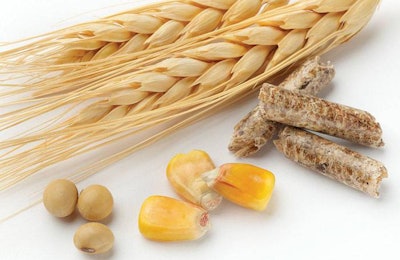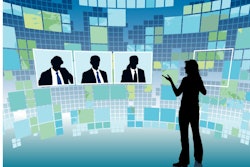
Based on a recent book I acquired, I was led to rethink how we perceive cereals and their role in poultry nutrition.
While quickly scanning the table of contents of a complimentary book I received recently, my attention focused on the very last chapter. It was about how cereals affect gut health in poultry. We mainly focus on additives to control gut health, but we often forget that cereals make up more than two-thirds of the total diet. In fact, any discussion on anti-nutritional factors is largely on protein sources. But we also need to bring cereals into this whole discussion.
Thus, according to this book, “Improving Gut Health in Poultry,” edited by Steven Ricke of University of Arkansas, and following the reasoning of the chapter by Paul Iji and colleagues, we can view cereals in poultry diets under two spotlights.
-
Generic anti-nutritional factors
These include the usual suspects, some of which are also found in protein-rich ingredients, and include some of or of those listed below:
- Tannins
- Saponins
- Phytate
- Lectins
Some, such as phytate, are easier to address (by using commercial phytase products) whereas others are better to avoid by using cereal varieties that contain minimal levels.
-
Fiber composition
Although all cereals have comparable types of fibers, the profile – or concentration of each fiber family – varies widely. Where corn (and rice) are considered rather benign, other cereals such as wheat, barley and rye (and triticale and oats), are more problematic. We all know about these fibers termed as non-starch polysaccharides and the multitude of commercial enzymes used to resolve the problem. But, according to this chapter, the problem is less well understood than we may think. In fact, these fibers act in three ways, as follows:
- They trap useful nutrients in a gel-type formation that slows digestion and passage time.
- The trapped nutrients cannot be easily accessed by enzymes, which leads to reduced digestibility.
- The residual fiber and other non-digested components reach the hindgut, where they alter microbiota composition, often to undesirable ends.
This is a 500-plus-page book by Burleigh Dodds Science Publishing. Given the interest in gut health and the bright future of poultry in light of African swine fever in pigs, I see me reading and writing more about poultry in the near future.


















